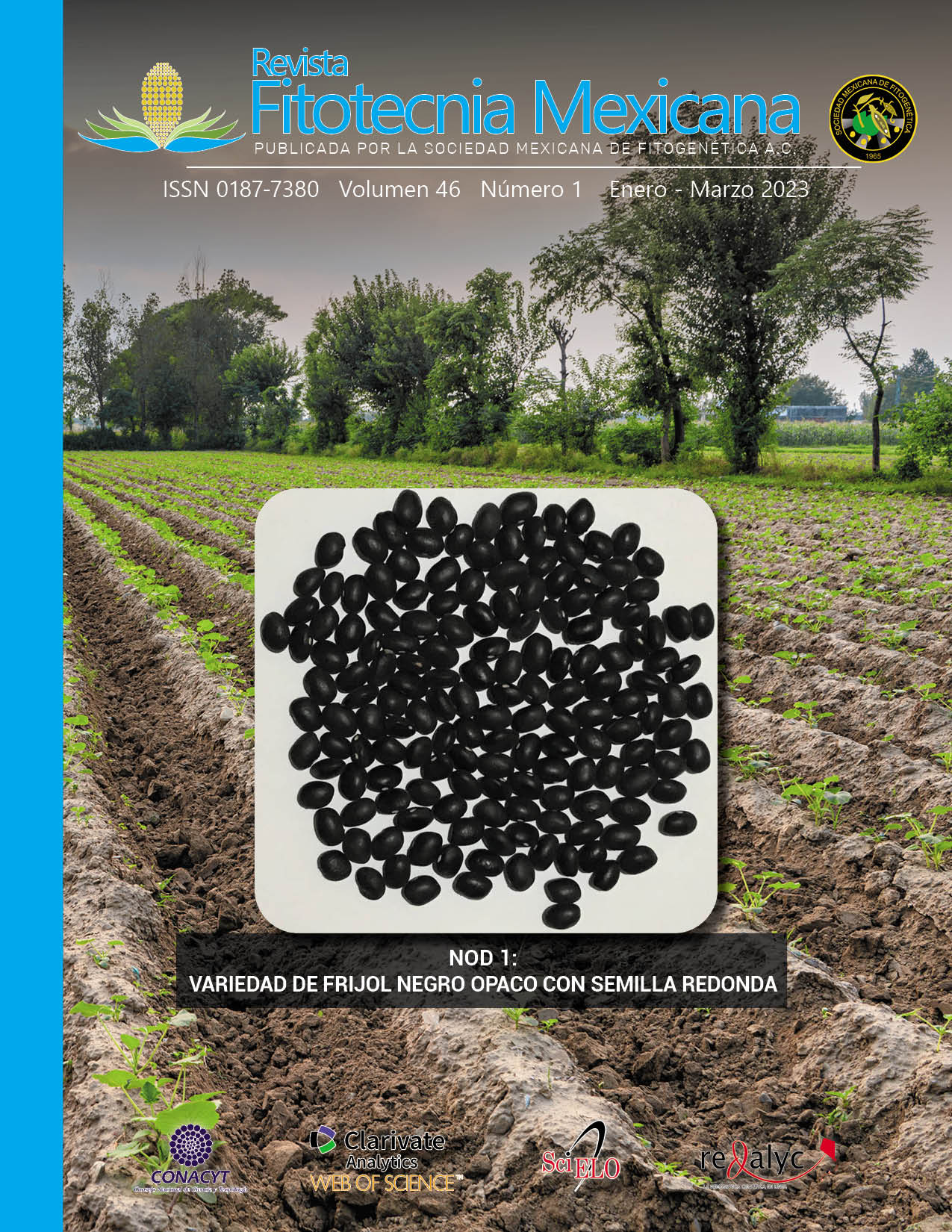In vitro REGENERATION OF Prosthechea vitellina (LINDLEY) W. E. HIGGINS PLANTS BY DIRECT ORGANOGENESIS
Main Article Content
Abstract
Prosthechea vitellina (Lindley) W.E. Higgins is an epiphytic orchid endemic to Mexico with ornamental and economic value; it is subject to special protection by NOM-059-SEMARNAT-2010 due to illegal trade and destruction of its habitat. In vitro plant tissue culture is an option for rescue, conservation and massive propagation of endangered species. The aim of the present study was to determine optimal in vitro conditions to regenerate plants by direct organogenesis and acclimatize them. The process started with germinated seedlings in vitro, and in successive stages the concentration of salts of the Murashige-Skoog medium (MS, 50 and 100 %), activated charcoal, 6-benzyl adenine (BA, 1.1-2.2 mg L-1), naphthaleneacetic acid (ANA, 0.19-0.38 mg L-1), indoleacetic acid (IAA, 0.18-0.36 mg L-1) and indole butyric acid (IBA, 0.5- 2.0 mg L-1). In the acclimatization stage, 5 and 7-cm in vitro rooted plants were evaluated on different substrates. The experiments were established in a completely randomized design and the data obtained were subjected to ANOVA. At the induction stage, the largest number of shoots (2.03) were obtained with 2.2 mg L-1 of BA and 0.19 mg L-1 of ANA. At multiplication, 2.5 shoots were produced with 1.0 mg L-1 of BA and 0.25 mg L-1 of IAA at eight weeks of culture. The largest elongation of shoots (2.16 cm) was achieved with MS 50 % and 0.5 g L-1 of activated charcoal. At rooting, the largest number of roots occurred with 2.0 mg L-1 of IBA, generating 5.27 roots per plant. In acclimatization, survival was 100 %, with 7-cm plants on pine bark. The developed protocol provides a method for the propagation of this orchid for rescue, conservation, reintroduction and commercial use.

